NASA
Latest
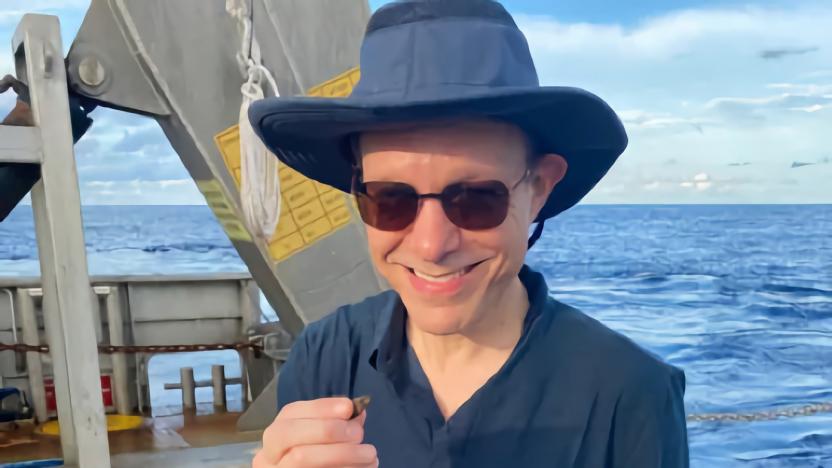
Astrophysicist who claimed to find alien tech may have done the science wrong
Last month, theoretical physicist Avi Loeb made headlines with the sensational claim that tiny spherules recovered from the bottom of the ocean were probably of alien origin. “It’s most likely a technological gadget with artificial intelligence,” he said to The New York Times, which published a story today about the Harvard professor’s contentious claims. Although the biggest scientific breakthroughs often start with a bold hypothesis, Loeb’s peers believe the decorated astrophysicist’s assertions can be called many things — but “good science” isn’t one of them.
Will Shanklin07.24.2023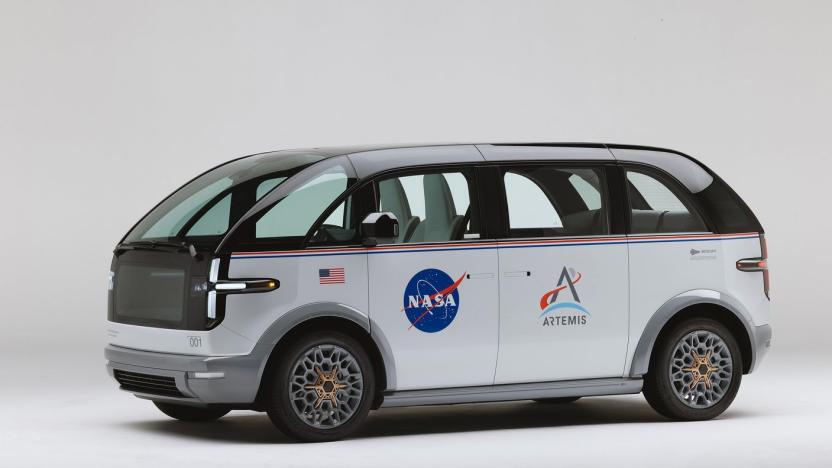
Canoo made a cute trio of EVs to carry NASA’s Artemis 2 astronauts to the SLS
This week, a trio of Canoo's Crew Transportation Vehicles arrived at the Kennedy Space Center in Florida.
Igor Bonifacic07.15.2023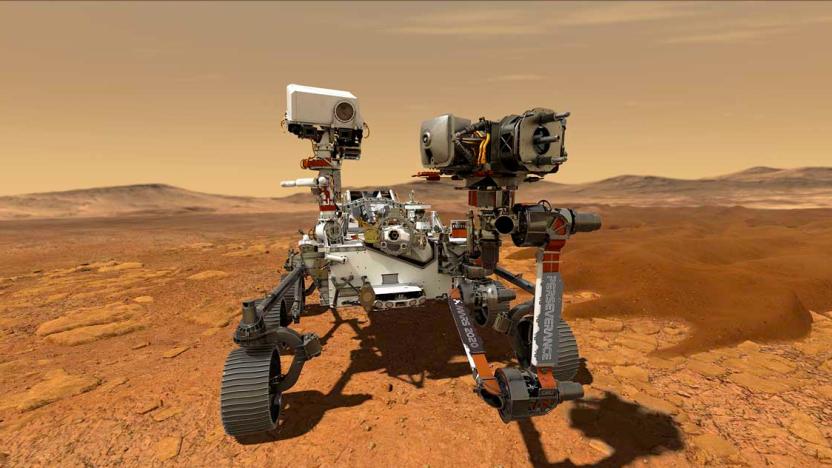
Researchers find evidence of organic matter on Mars
The Perseverance Rover has found evidence of organic compounds in the Jezero Crater on Mars. Although this isn’t the smoking gun proving once and for all that Mars once hosted life — these compounds could have also developed in nonbiological ways — the results hint at surprisingly complex organic conditions for the “key building blocks for life” on Earth’s neighbor.
Will Shanklin07.12.2023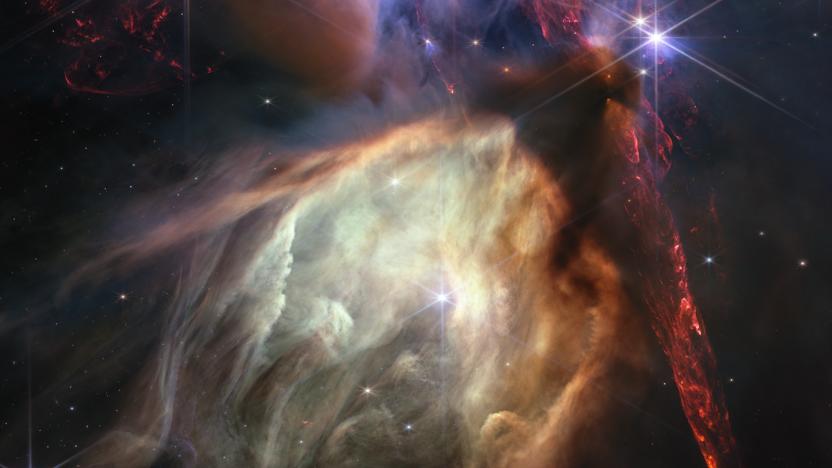
James Webb telescope marks first anniversary with an image of a nearby stellar nursery
The James Webb Space Telescope started sending out stunning images of the universe one full year ago. To commemorate the milestone, NASA is letting the telescope do what it does best, showing us obscenely cool space shots. The latest and greatest image depicts a (relatively) nearby region of space that’s a galactic nursery of sorts, with 50 young stars that could one day form systems that resemble our own.
Lawrence Bonk07.12.2023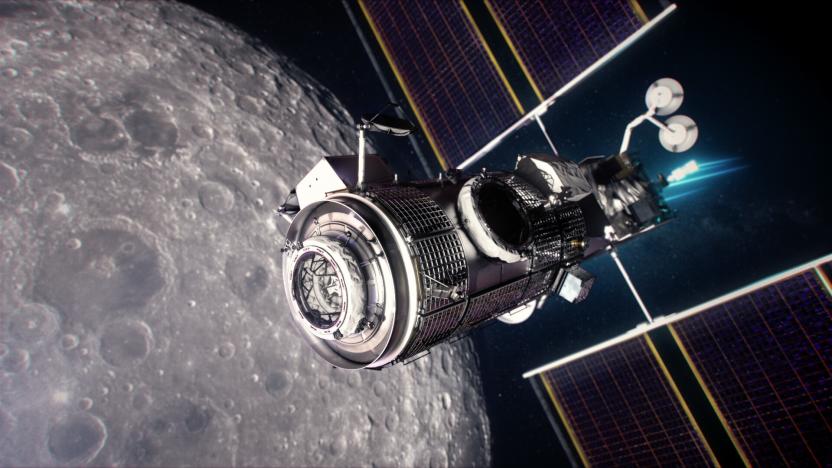
NASA is creating a ChatGPT-like assistant for astronauts
NASA is developing a system that will allow astronauts to perform maneuvers, conduct experiments and more using a natural-language ChatGPT-like interface.
Steve Dent06.26.2023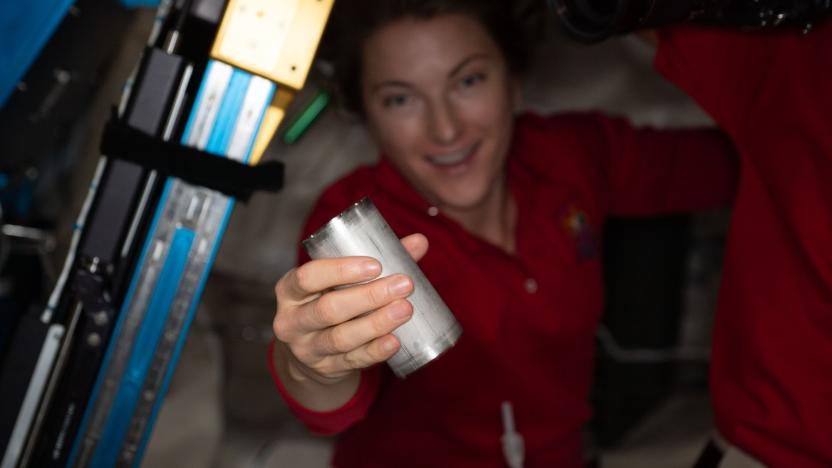
NASA is recycling 98 percent of astronaut pee and sweat on the ISS into drinkable water
This week, NASA revealed that the International Space Station’s Environmental Control and Life Support System (ECLSS) is recycling 98 percent of all water astronauts bring aboard the station.
Igor Bonifacic06.25.2023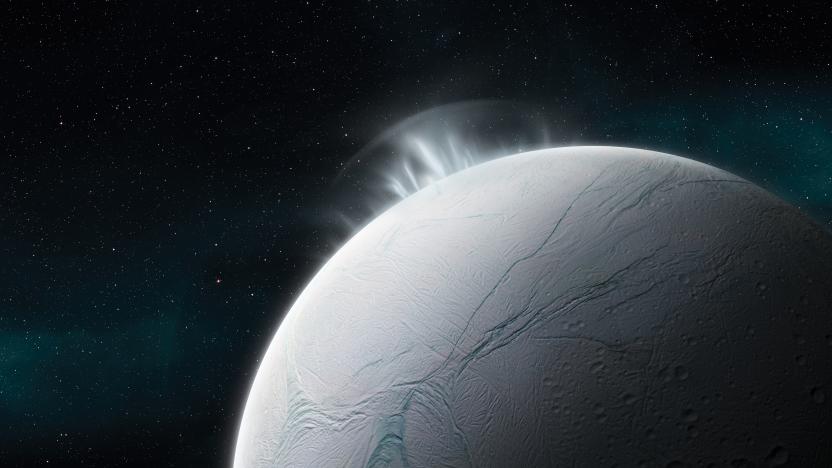
Saturn’s moon Enceladus could support species similar to Earth
Saturn’s moon Enceladus has phosphorous. The finding came from recently analyzed icy particles emitted from the natural satellite’s ocean plumes, detected by NASA’s Cassini spacecraft. The discovery means Enceladus has all the chemical building blocks for life as we know it on Earth. “This is the final one saying, ‘Yes, Enceladus does have all of the ingredients that typical Earth life would need to live and that the ocean there is habitable for life as we know it,” Morgan Cable, astrobiology chemist at NASA’s Jet Propulsion Laboratory, told The Wall Street Journal.
Will Shanklin06.14.2023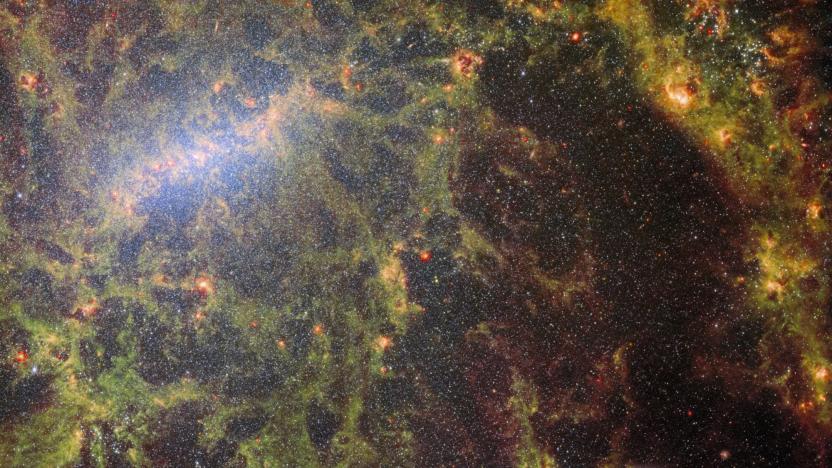
Latest Webb Telescope images gives a look at stars being born in the Virgo constellation
The latest images released from the James Webb Space Telescope show off the barred spiral galaxy NGC 5068. It's a combination image consisting of infrared shots taken from the telescope's MIRI (Mid-Infrared Instrument) and NIRCam (Near-Infrared Camera) sensors. What those sensors captured is a galaxy in the Virgo constellation about 20 million light-years from Earth
Nathan Ingraham06.04.2023
NASA's SLS rocket is $6 billion over budget and six years behind schedule
NASA's Space Launch System (SLS) rocket designed to take astronauts to the moon is $6 billion over budget and six years behind schedule.
Steve Dent05.29.2023
NASA picks Blue Origin to build the Artemis V Moon landing system
NASA has chosen TKTKTK to develop the Artemius V Moon landing system.
Jon Fingas05.19.2023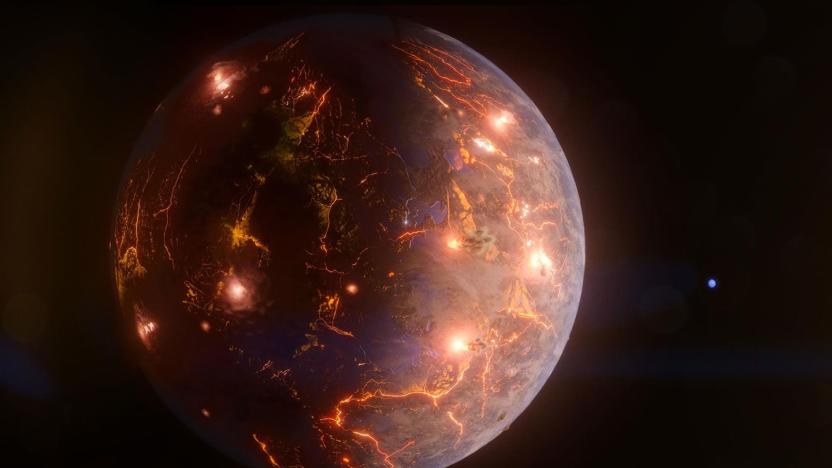
Astronomers identify volcano-covered planet that could have water on its surface
The boringly named LP 791-18 d is located about 90 light-years from Earth in the Crater constellation.
Igor Bonifacic05.17.2023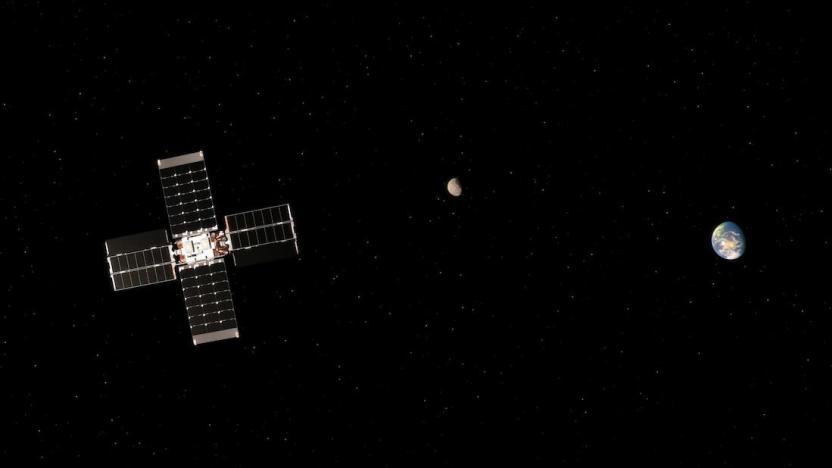
NASA ends its Lunar Flashlight mission
The CubeSat failed to enter the moon's orbit on its ice-finding operation.
Sarah Fielding05.15.2023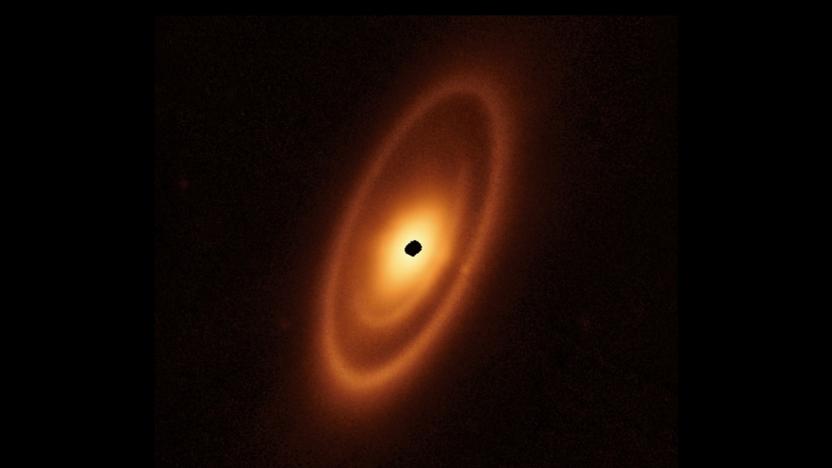
JWST captures images of the first asteroid belts seen beyond the Solar System
Since 1983, astronomers have known the 440 million-year-old Fomalhaut is surrounded by dust and debris, but what they didn’t expect to find was three different debris fields surrounding the star.
Igor Bonifacic05.08.2023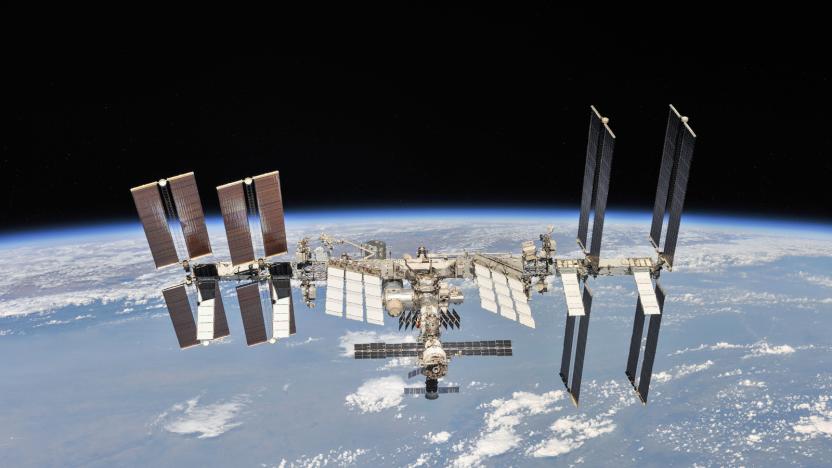
Russia will continue supporting the International Space Station until 2028
Russia has formally agreed to remain aboard the International Space Station (ISS) until 2028, NASA has announced.
Mariella Moon04.28.2023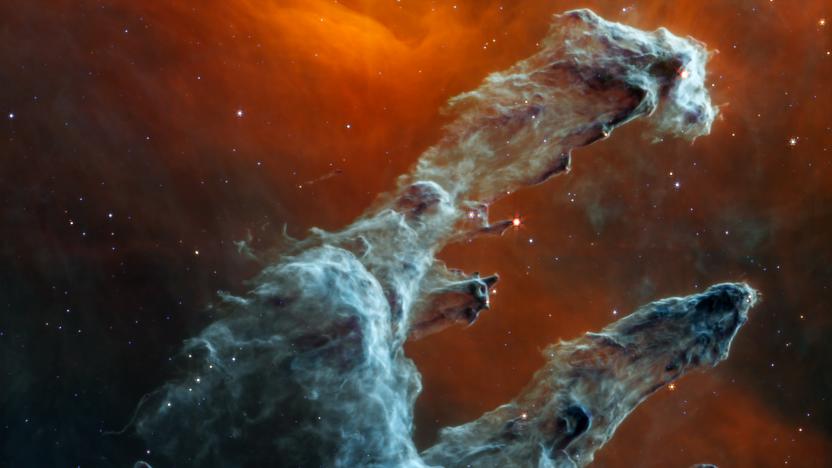
Tech's biggest winners in 2022
In 2022, we were distracted and saved by space pictures and word games.
Engadget04.17.2023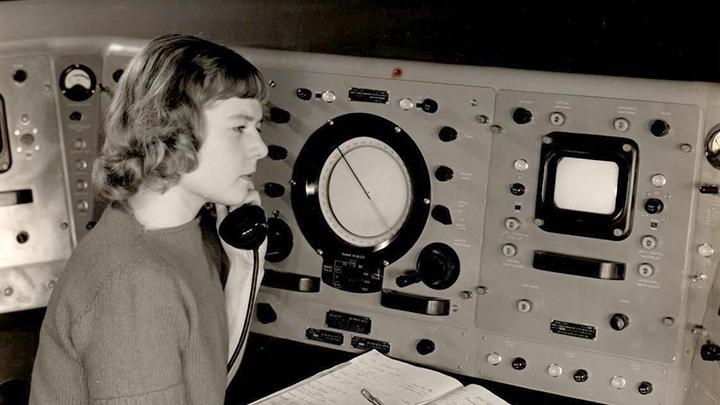
Remembering Virginia Norwood, the ‘mother’ of NASA’s Landsat program
If you haven’t heard of Virginia Norwood, it’s about time you did. An aerospace pioneer whose career would have been historic even without its undercurrent of triumph over misogynistic discrimination, she invented the Landsat satellite program that monitors the Earth’s surface today.
Will Shanklin04.14.2023
NASA launches powerful air quality monitor to keep an eagle-eye on pollution
NASA just launched an innovative air quality monitoring instrument into a fixed-rotation orbit around Earth. The tool is called TEMPO, which stands for Tropospheric Emissions Monitoring of Pollution instrument, and it keeps an eye on a handful of harmful airborne pollutants in the atmosphere, such as nitrogen dioxide, formaldehyde, and ground-level ozone.
Lawrence Bonk04.07.2023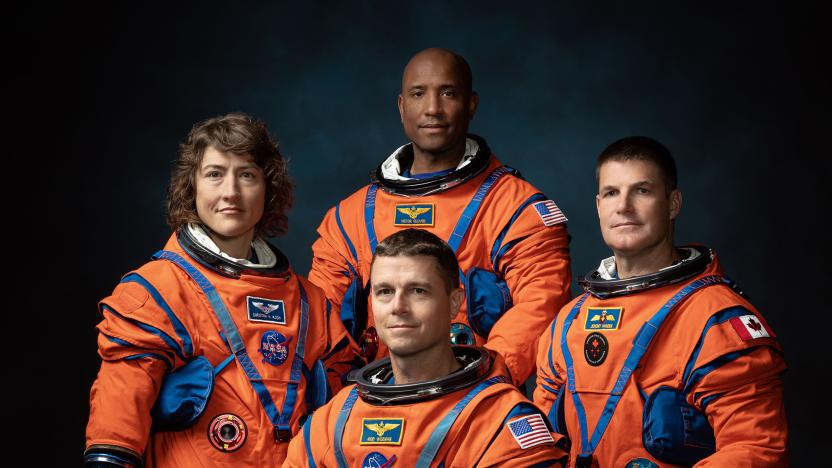
These are the astronauts that will fly on NASA's Artemis 2 mission around the Moon
NASA has named the four astronauts that will fly around the Moon during the Artemis 2 mission.
Jon Fingas04.03.2023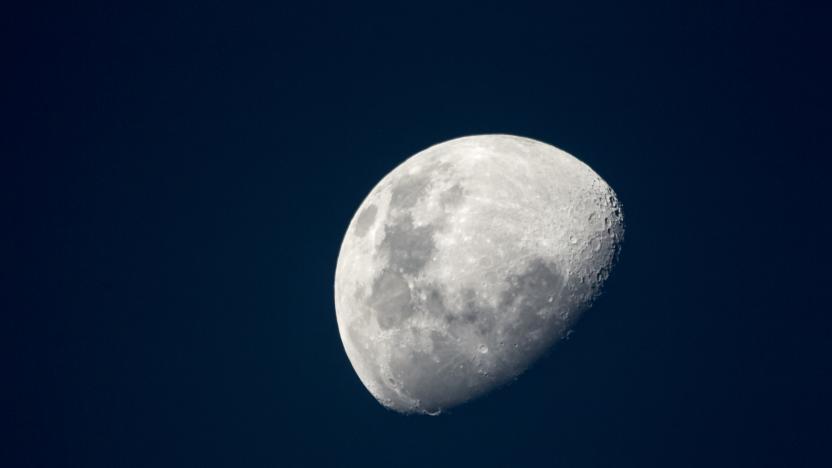
Water trapped in tiny glass beads on the Moon could hydrate future settlements
China’s Chang’e 5 rover has found tiny glass beads containing water in an impact crater on the Moon. Samples collected from a 2020 mission found beads with water content as high as 2,000 parts per million (PPM).
Will Shanklin03.27.2023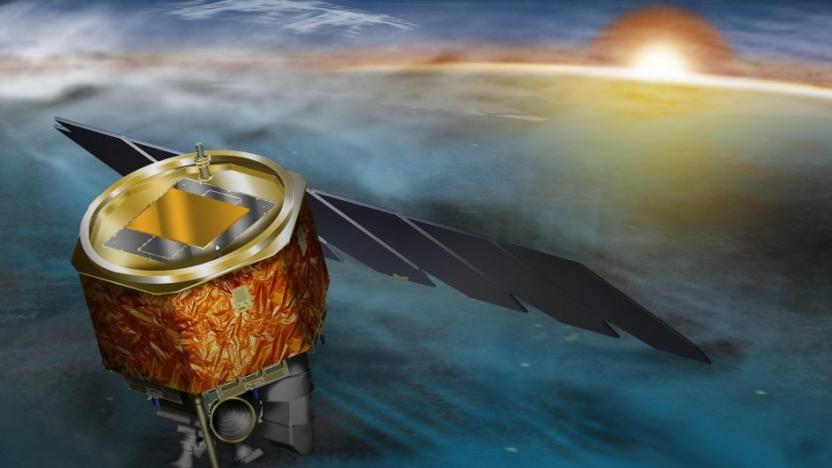
NASA’s AIM spacecraft goes silent after a 15-year run studying the Earth’s oldest clouds
NASA launched AIM in 2007 to study noctilucent or night-shining clouds.
Igor Bonifacic03.18.2023